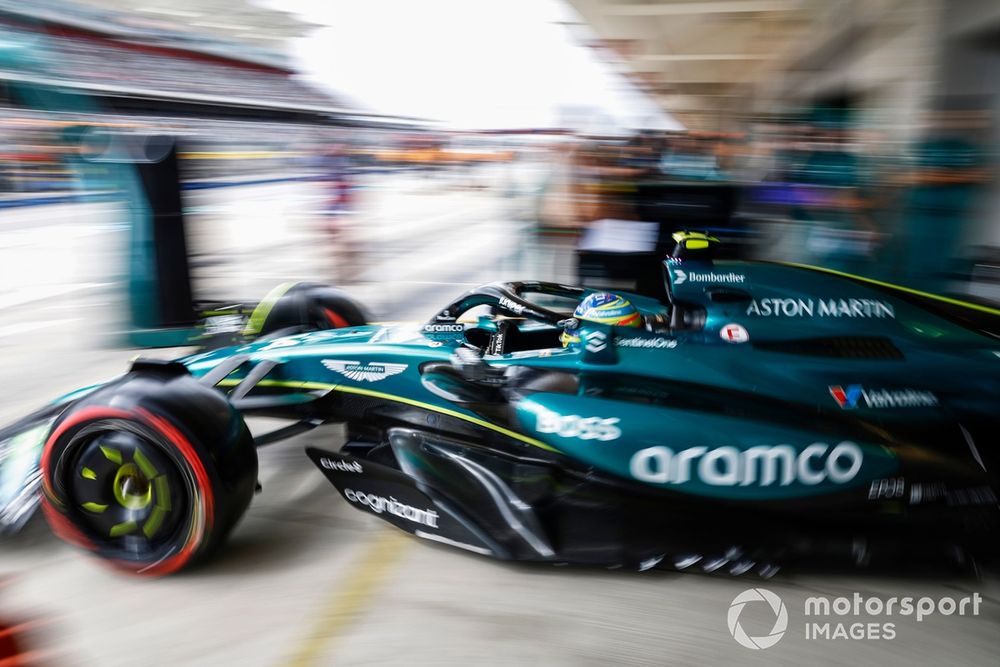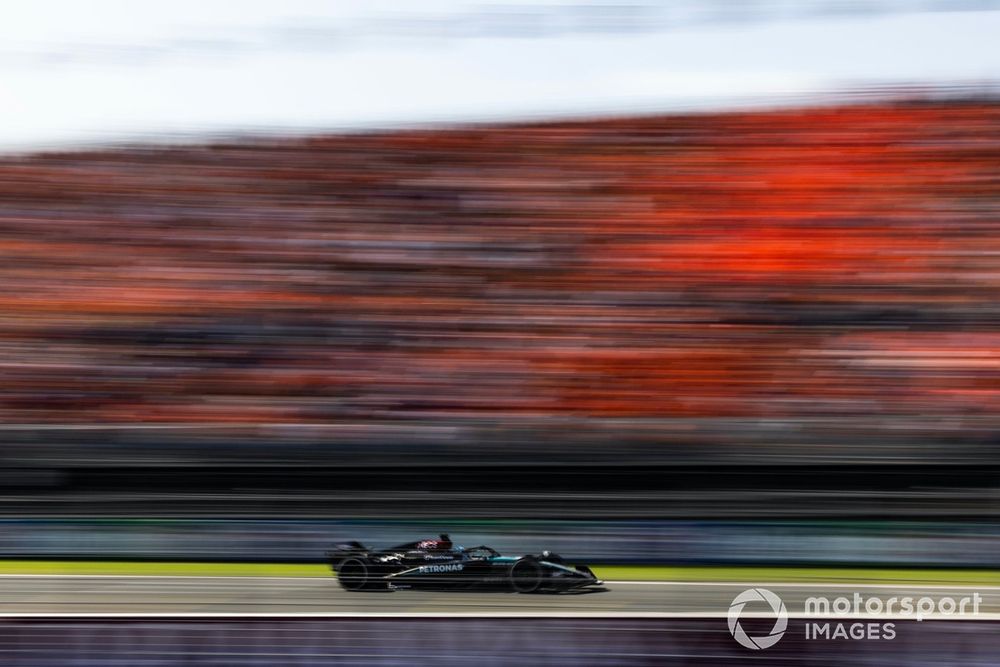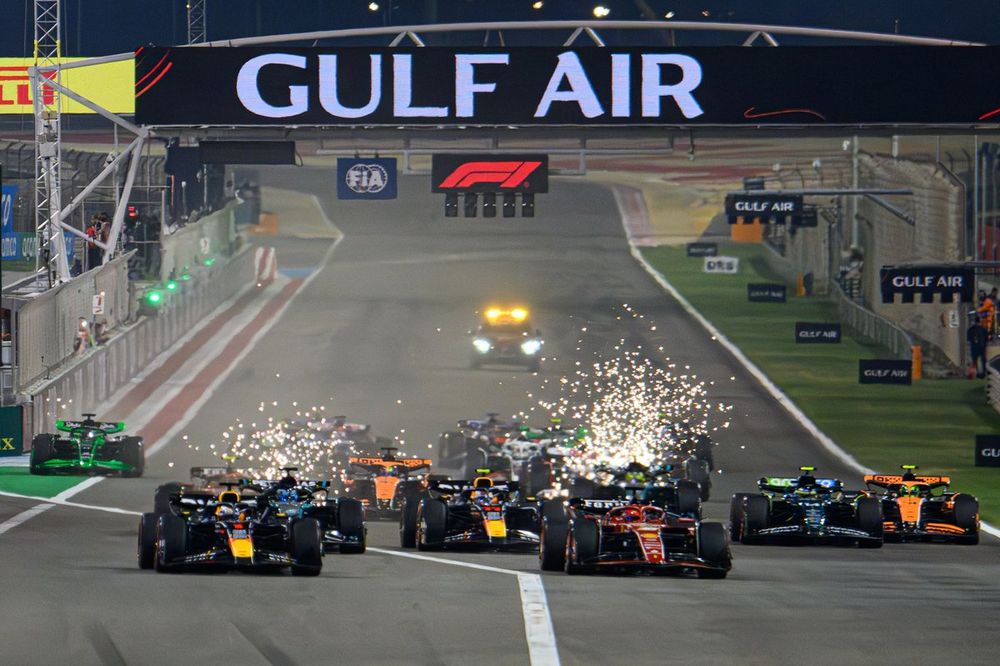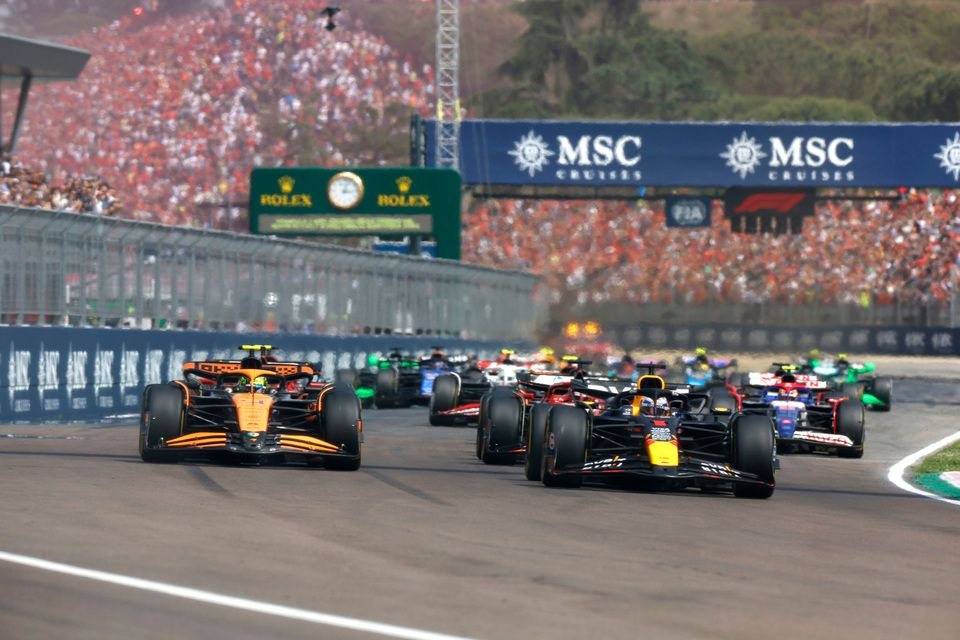Formula 1 teams will fire the starting gun tomorrow on their 2026 car designs, with a ban on development for the next generation rules finally lifted.
As part of an effort agreed at the end of 2023 to stop an arms race of early work, teams were not allowed to conduct aero testing on any car geometry that applies for the 2026 regulations before 1 January 2025.
This will not have prevented teams mapping out some early ideas though. When this restriction finally ends on Wednesday, they will be eager to get those first models in the tunnel and begin to understand the secrets of the next generation cars.
But, from the off, teams are going to face a dilemma over just how much resource they want to throw towards their 2026 cars, because they cannot totally ignore plans for the forthcoming season either. There is going to be a need for some tactical management about where resources are best spent.
Some may choose to commit more to 2025 for short term gains, while others may be willing to write off next year and hope to get a head start on 2026. As Ferrari team boss Fred Vasseur said: “We are not all in the same situation.
“I think if you are Alpine or Aston Martin, then you have probably more temptation to go for the new regulations. Also you have more wind tunnel time, so it means that probably you can go in this direction.
“If you are one team of the top four today, you carry over the car and you know that you will be into the fight for next year, so it’s difficult to give up a championship.
Not every team is in the same scenario, says Vasseur, who has to weigh up short term and long term gains
Photo by: Sam Bagnall / Motorsport Images
“Plus, if you know that you didn’t do the best, it is harsh, even for everybody in the team.”
McLaren, after winning the constructors’ championship in 2024 but missing out on the drivers’ crown, is clear that it wants to push on as much as possible for 2025.
Neil Houldey, McLaren’s technical director of engineering, said: “I think there’s an opportunity to win a championship in 2025. There’s, of course, an opportunity to win championships in 2026. And we want to do both.
“But there is the competition of Red Bull. Mercedes are going to have a quick car. You’ve got Ferrari who are quick.
“There’s no reason why these teams aren’t going to be generating a lot of performance the next season, and we’ve got to be there and be doing the same if we want to win the championship.”
While any team that starts next year off the pace may be willing to commit already to putting the focus on 2026, for a majority of squads the key aspect will be to remain flexible about how to approach things.
In an ideal world, they nail their launch spec to hit the ground running at the start of the season, and then that gives them enough of an advantage to ease off 2025 developments early to then throw everything at 2026.
Equally, if a team struggles at the start of the year, it may feel that it is not worth throwing more resource than needed at the current car as it will be better to get a head start on its future challenger.

How the season will unfold is difficult to predict, so decision-making is by necessity fluid
Photo by: Zak Mauger / Motorsport Images
That could mean teams abandoning the fight at the front much earlier than they would normally if rules were staying the same.
But this is a very dynamic process and teams may find themselves sucked into pushing on with 2025 upgrades much longer than they would ideally like – either because they are given a sniff of a decent constructors’ championship finish, or they don’t want to tumble too far down the order.
As Aston Martin team principal Mike Krack said: “Everybody has to start on the same basis and, depending on where you are, what the gaps are, people will make their choices.
“But there are no more points in ’26 than in ’25, and there is also a constructors’ championship to be won and a drivers’ championship. I think everyone will be full steam on ’25 at the moment because there are also some restrictions on ’26.
“But then quickly, depending on what the pecking order will be and what the gaps will be, you will have to make a choice. Can I close this gap or will others close the gap to me? Can I afford to go racing with what I have and focus on ’26?
“I cannot answer the question now. We have to be objective and see month on month where we are.”
But not delaying that switchover any longer than is necessary is critical because, with understanding of the 2026 regulations in such an infancy, every week of work on the future car will likely bring more gains than the efforts to improve things for 2025.
Mercedes head of trackside engineering Andrew Shovlin said: “I don’t think anyone will be going for a wholesale redesign or dramatic change of concept [for 2025], because it’s too intrusive to your programme.

Mercedes doesn’t expect any team to deviate too far from their 2024 designs next year to allow for an earlier switch to 2026
Photo by: Andrew Ferraro / Motorsport Images
“But I think all teams will be looking at their start to the year to work out when can they jump fully to 2026.
“The reality is the development rate on your 2026 car should far outstrip your ’25 one. Therefore every week on ‘25 you’re losing multiple weeks on ‘26 in terms of the ground that you’ve got to make up.”
Choosing when to switch off 2025 development based on current form is also made much more complicated by the fact that what the pecking order is at the start of the season is not necessarily how it remains for the entire campaign.
As Shovlin pointed out about 2024 turning out very different from what people expected: “If you just look at this year, anyone would have probably put money on Red Bull to win another constructors’ championship.
“Then you suddenly thought it looked like McLaren were going to dominate. Then suddenly Ferrari came from nowhere. We [Mercedes] had brief periods where we’ve been fighting at the front.
“I think it will be a close year, but last year taught you not to conclude the result of the championship from the first six races, because it would have been a difficult one to read.”
The final decision will be incredibly complicated, and teams may well not know if they got their timing right until the 2026 season has actually got underway.
It all means there will be an increased sense of anxiety about car form at the start of next season, and ultimately a major headache for everyone right from the off.

Car potential from the start of the season rarely stays the same to the end of the campaign, further complicating matters
Photo by: Erik Junius
Red Bull team boss Christian Horner said that for now there was no clear answer about what should be done.
“If you are in a tight battle, inevitably your development gets dragged into the season longer, which is particularly hard,” he said.
“We saw that in ‘21 into ‘22, where you have a big conceptual change of regs. Obviously, the earlier start, the bigger advantage you have.
“But if there is a tight championship and it does go down to the wire, then that’s going to be a tough balancing act for the different teams to choose how they apportion their resource.”
Watch: Ranking Autosport’s Top 50 Drivers of 2024 – 30 to 21
In this article
Be the first to know and subscribe for real-time news email updates on these topics
Subscribe to news alerts
Read the full article here

